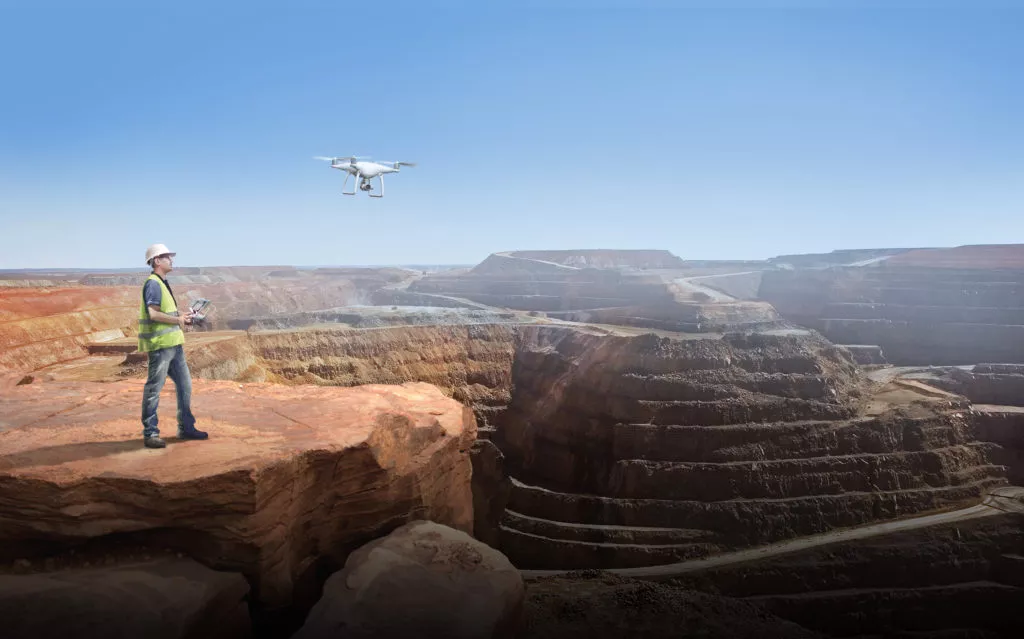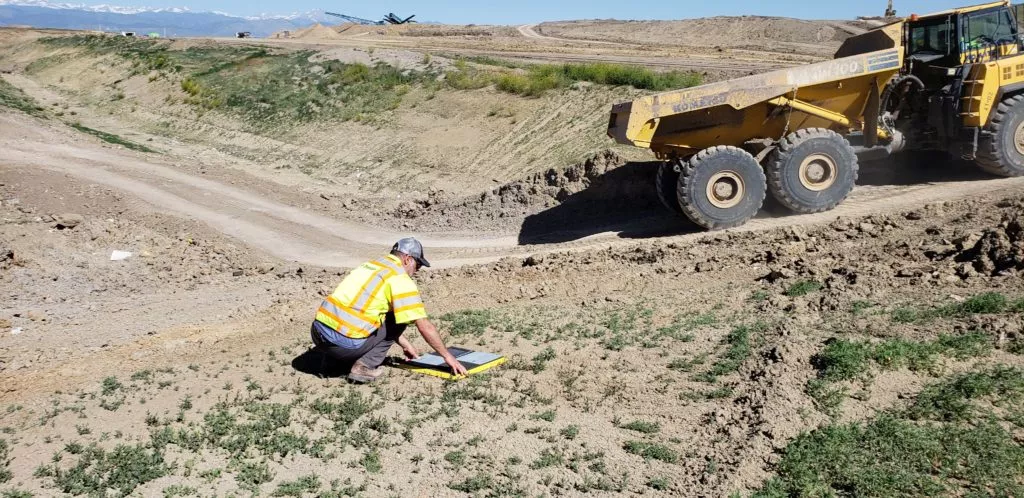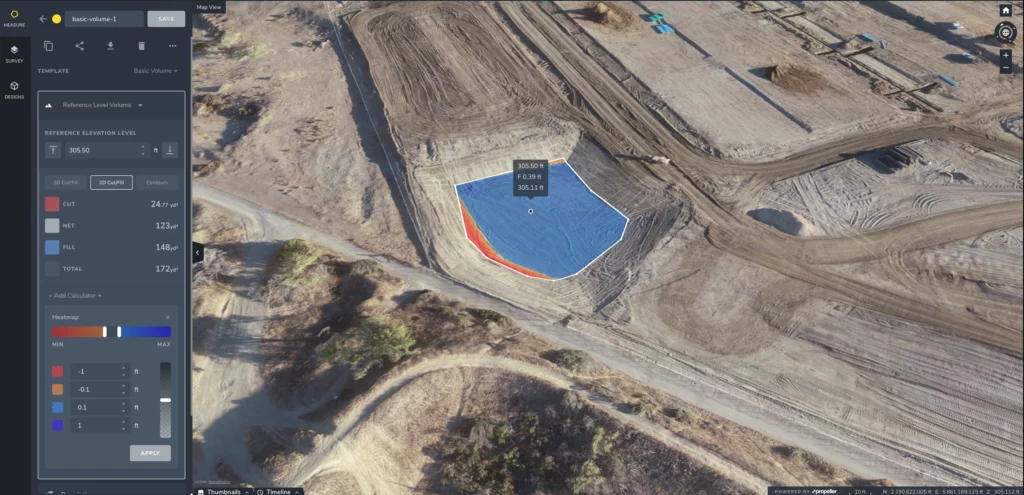How to Use Survey Checkpoints to Validate Drone Data Accuracy
What’s the difference between survey checkpoints and ground control points?
Survey checkpoints are points with known coordinates that are used to validate the accuracy of the survey. Ground control points (GCP) use GPS data to adjust survey models and improve their overall accuracy. Unlike GCPs, checkpoints do not affect how the survey is processed in any way.
There’s a myth that relinquishing drone survey data to a third party for processing is a “black box” solution with no visibility for surveying professionals.
At Propeller, we’re disproving that dubious conventional wisdom every day. To deliver accurate, actionable maps and models of your site within a 24-hour processing turnaround, we perform QA on every single dataset and rely on a team of quality geomatics professionals–who are also available to assist with any of your data issues, 24/7.

And to help Propeller users stop worrying and trust the effectiveness of our process—and get everyone else on their team to trust it too—we offer workflows and reporting that leverage survey checkpoints to provide an additional layer of validation.
In this article, we’ll dig into how to use checkpoints to prove the accuracy of your drone survey data model.
READ: How to Submit GCP and Checkpoint Data in Propeller
Ground control points vs. survey checkpoints
If you’re on the hunt for accurate data—and who isn’t?—proper ground control is an absolute must. On-board RTK provides improved accuracy in the air, but this doesn’t necessarily translate to the same level of accuracy on the ground. Terrain models corrected with onboard RTK data are still susceptible to turbulence, vibration, and camera calibration errors.
Enter ground control points. GCPs are most commonly recorded by an GPS-enabled rover that uses correction data streamed from a nearby reference station. In some cases, known survey marks can also be used as GCPs if they are compatible with aerial imagery.
Propeller’s AeroPoints, our “smart” ground control points, offer the most efficient alternative to traditional ground control. They use internal GPS to provide survey-grade accuracy without the need to manually mark and measure locations using a base and rover.

Checkpoints are shot using the same methods as GCPs, but with one key difference: GCPs are used to correct the model and adjust image coordinates, if necessary. Survey checkpoints are used as additional reference points to validate the model and provide the entire crew with confidence in its ongoing accuracy.
In short: GCPs affect your survey; Checkpoints don’t.
READ: Alston Construction’s VDC Manager on Saving Time and Sharing Data with Drones
Where do checkpoints fit in drone surveying?
Every photo captured during your drone flight is geotagged with northing, easting, and elevation data for the point at the center of the photo. GCPs are run against the data collected in the images and used to make small adjustments, so the image coordinates align with ground control.
The photos are then stitched together (or “ortho-rectified”) and combined with the digital elevation model (DEM) to create a 3D model of your site. We do this through a process called photogrammetry, which is more affordable and accessible than lidar.

Then, in the Propeller Platform, you can easily compare the coordinates of your known checkpoints against the same point as shown in the survey. Think of them as a regular gut check to keep everyone on a site feeling confident that the model is accurate.
We know that our customers want to be spending more of their time using their data, and less time collecting and processing it. With checkpoints, you can feel confident offloading your drone data processing to a third party because you have the tools you need to verify the accuracy of their work.
How do checkpoints help you maintain governance over your data?
With the click of a button, the Propeller Platform will generate a processing report that you can use as additional evidence for the accuracy of your survey. Among other things, your processing report describes any adjustments made to the model, and any elevation errors found across GCPs.
Checkpoint data appears separately in each processing report so users can quickly evaluate accuracy before distributing it to the full team. The whole process is simpler and more efficient than traditional methods using a base and rover, with built-in quality assurance so you never have to wonder if you can trust the model you’re working from.
Checkpoint workflows are also the best way to perform quality assurance on lone datasets. If you’re only flying a site once, you won’t have any previous drone survey data to compare against for a consistency check. In this case, checkpoints will give you the peace of mind that your data’s been checked both independently and accurately.
Ultimately, survey checkpoints give you the confidence that the model aligns with what you’re seeing in the field, and with your previous surveys. By correctly utilizing checkpoints, you can stop worrying about the accuracy of your data. Leave that part to us.
Ready to use drone surveying to measure and manage your worksite? Contact us today.

Related resources:
How Propeller Works Alongside Survey Managers to Ensure Drone Data Accuracy
A Case Study: The Journey From Simple Drone Surveys to Worksite Management (Part One)




